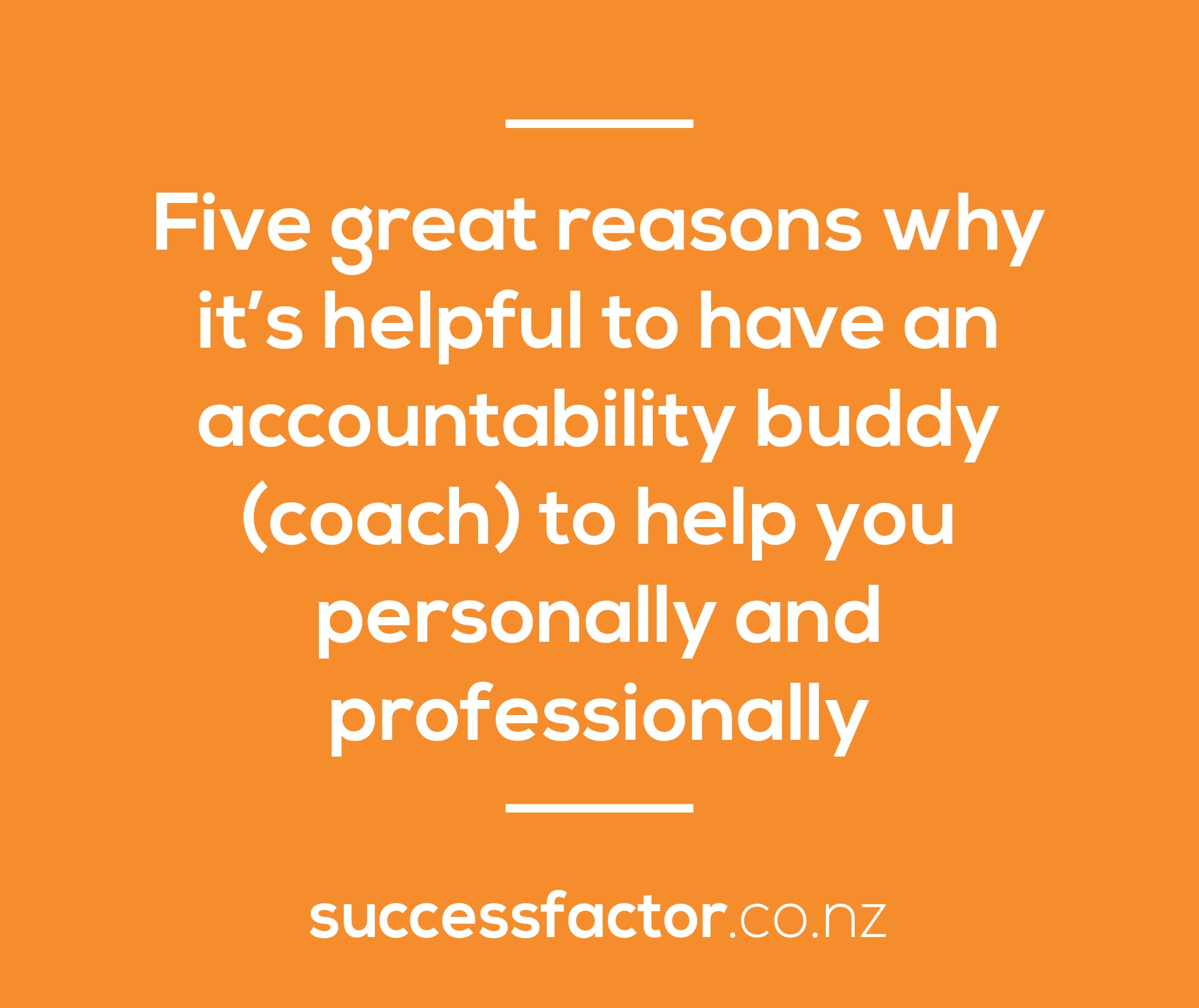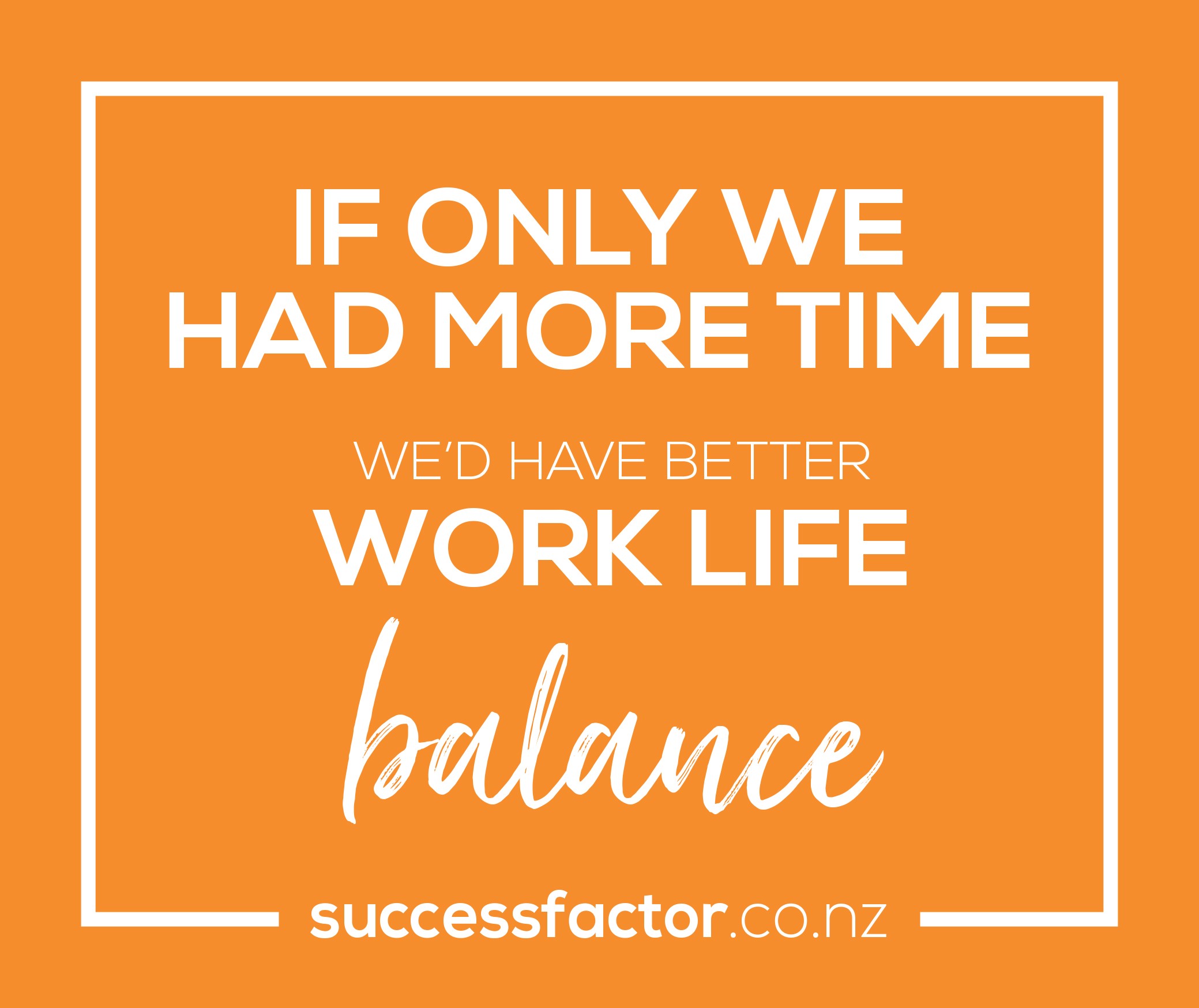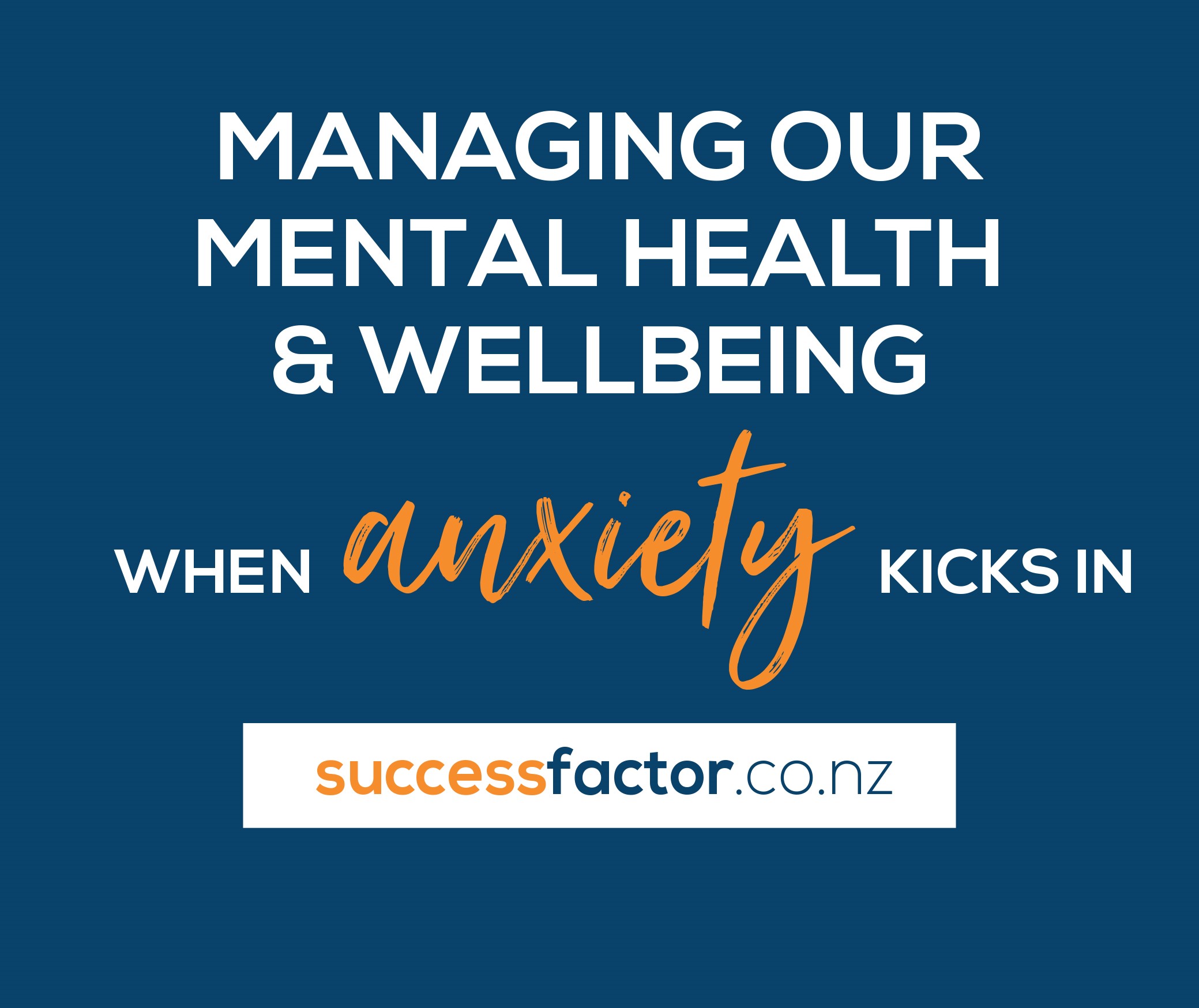What are the key areas people struggle with personally and professionally and how can we manage these?

We all struggle at times, and everyone struggles with different things and in different ways. It’s hard to measure and compare these struggles and sometimes hard to articulate. Struggles can feel and be so overwhelming they can affect the way we function and think on a daily basis, which can be confusing and challenging. Our struggles come in different ways, from how we manage time, to managing with stress and impending burnout, decision-making and trying to make plans on how we can make changes. Sometimes, it feels like we can’t see the wood for the trees and there’s no way out. Let’s look at three key struggles and how we can manage these. Time Management: Common Issues: Procrastination, overwhelmed by tasks, difficulty prioritizing. Management Steps: Prioritise Tasks: Identify and focus on high-priority tasks first. Break Down Goals: Divide larger goals into smaller, manageable tasks. Set Realistic Deadlines: Create achievable timelines for









